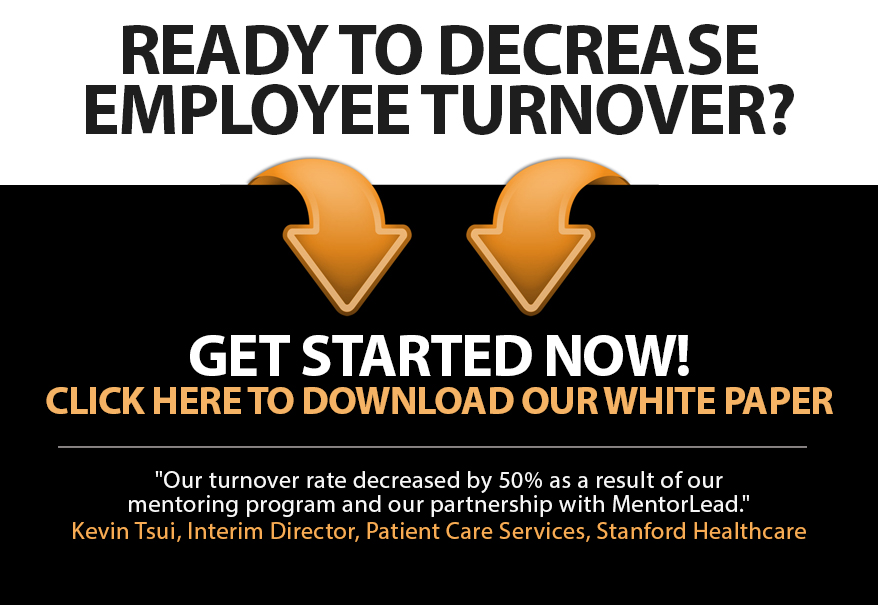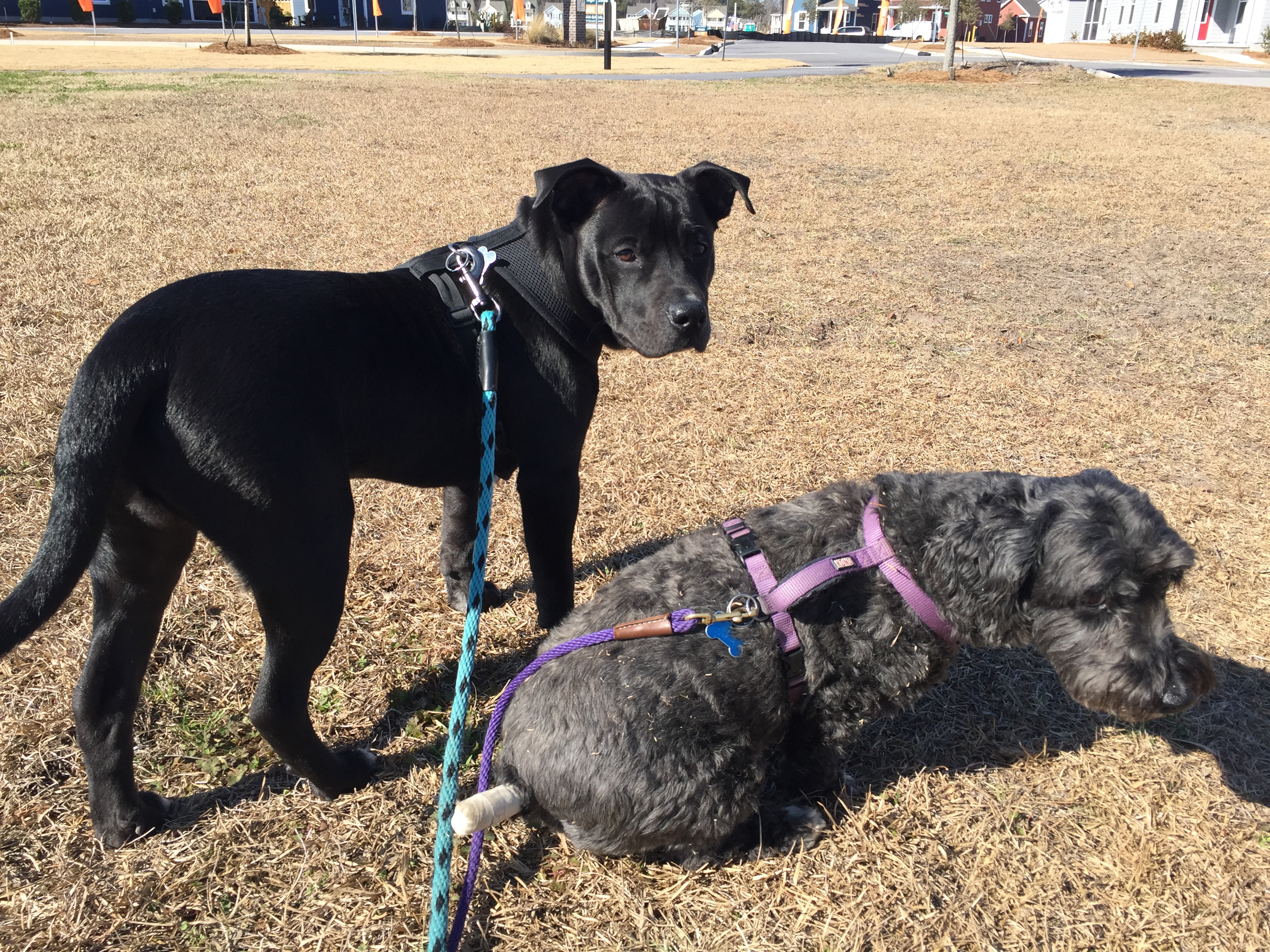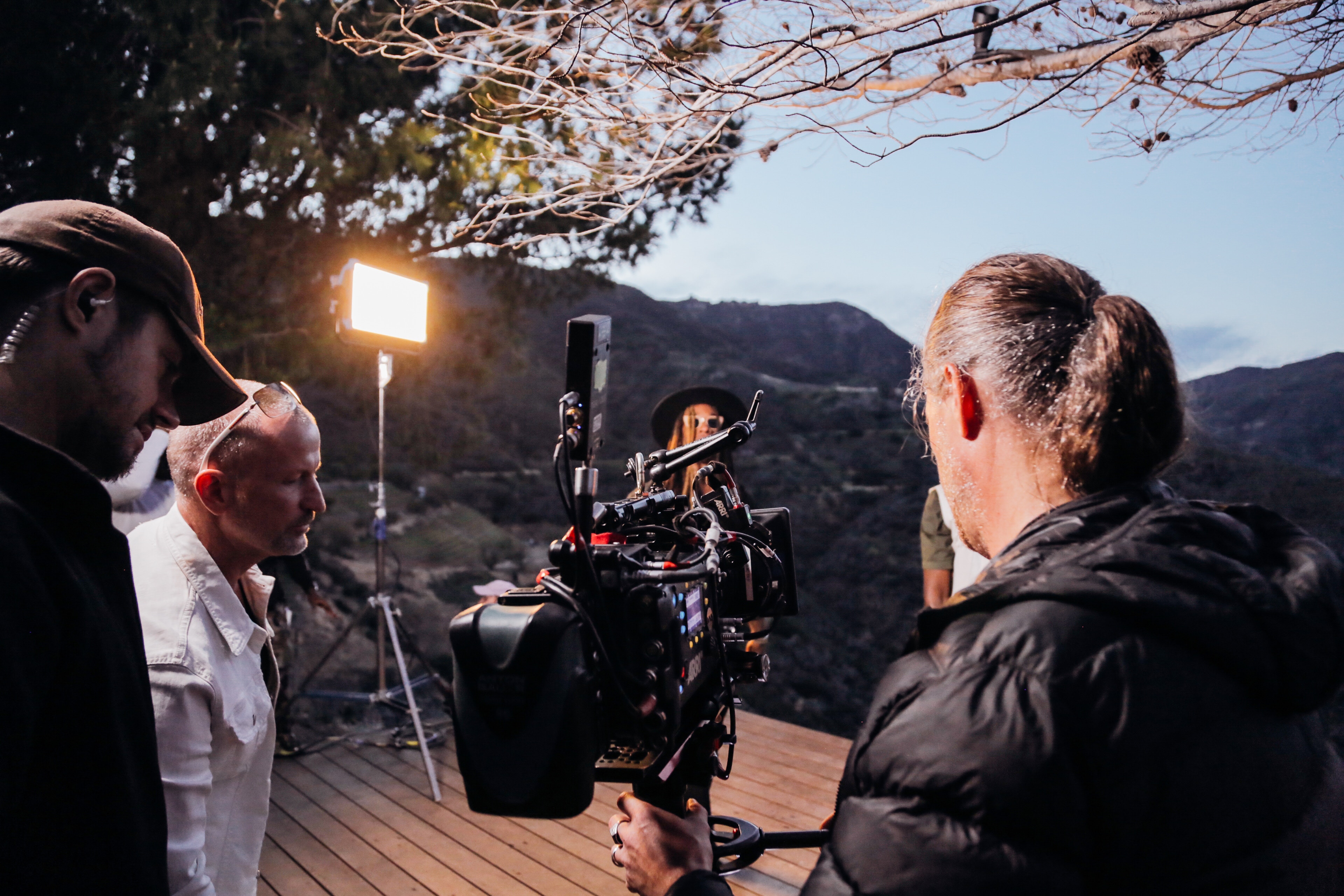
[Flash] Think Like a Rider
When I exited the Baltimore train station, I requested an Uber. In less than a minute, Aaron my Uber driver arrived.
Me: “Wow! That was fast!”
Aaron: “I think like a Rider.”
Me: “Huh?”
Aaron: “If I want to be successful, I have to think like a Rider. I think about where my Riders will be and when they will be there. And that’s where I go: train stations, the airport, festivals on the weekend, and at night, the bars and casinos. I live in the country – nobody needs an Uber out there. And I can’t expect Riders to be where I am.”
Astutely Aaron considers what Riders care most about to determine his own actions. Riders want him to arrive quickly, know where he’s going, and get them there safely.
“Think like a Rider” is a powerful mantra for serving the success of others in any capacity:
- Think like a customer
- Think like a patient
- Think like your end user
- Think like an audience member
- Think like your boss
- Think like your employee
- Think like your mentee
When we “think like a Rider,” we take actions based on our specific Rider’s needs and perspectives. For example, we “think like a Rider” when we simply communicate in another person’s time zone when it’s different than our own.
Questions are the gateway to thinking like a Rider:
- What is most important to them?
- Where are they coming from and where are they going?
- What incentivizes them?
- What might be distracting them?
- What information do they require and in what format?
- What do they need to be successful and how can I contribute?
Aaron revealed at one point, “I wish the technology folks at Uber would think more like a driver.”
Secretly we all crave experiences where someone else considers us first…
![]()








